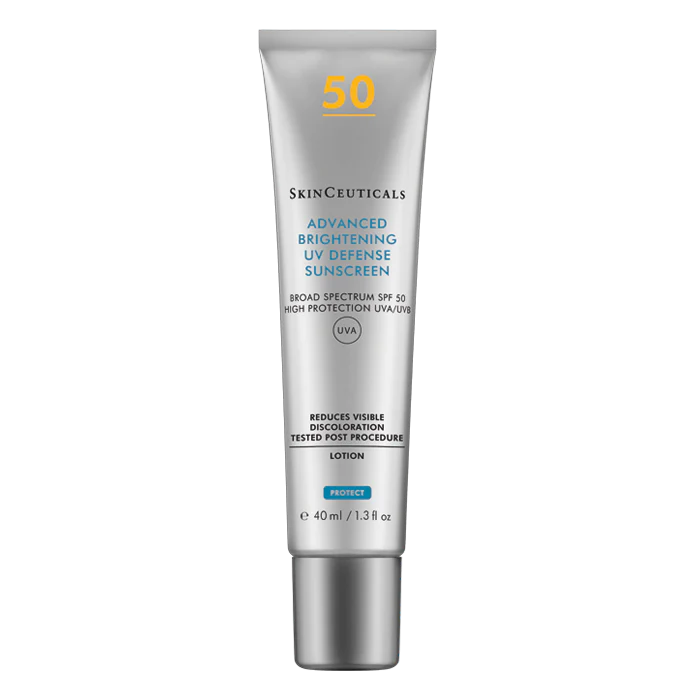The Science
Sleep is when the body repairs, regenerates, and rebalances its internal systems.
During deep sleep, growth hormone peaks, cortisol drops, and cellular repair genes become most active.
Blood flow to the skin increases, delivering oxygen and nutrients essential for collagen production and barrier recovery.
When sleep is cut short or disrupted by stress, this repair sequence is incomplete. The body stays in a mild state of alert, and the skin becomes one of the first organs to show it.
How Lack of Sleep Affects the Skin
-
Barrier Breakdown
Cortisol remains elevated during sleep deprivation, suppressing lipid and ceramide production.
The result is increased transepidermal water loss (TEWL) — the skin feels drier, tighter, and more sensitive.
A weakened barrier also means reduced protection against pollutants and UV damage.
-
Inflammation and Redness
Poor sleep raises inflammatory cytokines (IL-1β, IL-6, TNF-α), which can trigger or worsen acne, eczema, and rosacea.
Persistent stress keeps these signals circulating, preventing the skin from fully calming between flare-ups.
-
Delayed Wound Healing
Sleep loss reduces blood flow and fibroblast activity — slowing the repair of everyday micro-injuries and post-treatment recovery.
Skin under chronic fatigue takes longer to recover from procedures such as microneedling, peels, or LED therapy.
-
Collagen Breakdown
Elevated cortisol activates enzymes called matrix metalloproteinases (MMPs), which degrade collagen and elastin fibres.
Over time, this leads to visible fine lines, sagging, and loss of firmness.
-
Circulatory Changes
Restricted blood flow and oxygenation make the complexion appear dull or pale.
Capillaries under chronic stress become fragile, contributing to redness or broken veins around the nose and cheeks.
-
Accelerated Cellular Ageing
Sleep and stress both influence telomere length — the protective ends of DNA that shorten with age.
Studies in Sleep and JAMA Dermatology show that chronic insomnia and high stress accelerate telomere shortening, linking poor rest directly to premature skin ageing.
The Visible Result
Clients often describe their skin as “tired,” “dull,” or “grey.”
These aren’t just aesthetic terms — they reflect cellular exhaustion.
The mitochondria, which fuel repair and renewal, lose efficiency when cortisol is unregulated and sleep cycles are disrupted.
Over time, inflammation outpaces regeneration, and the complexion visibly mirrors internal fatigue.
Restoring Rhythm and Repair
-
Prioritise Sleep Hygiene
-
Regular sleep and wake times train cortisol to follow its natural rhythm.
-
A cool, dark environment supports melatonin production — the hormone that initiates repair.
-
-
Calm the Nervous System
-
Evening breathwork, gentle stretching, or mindfulness before bed activate the vagus nerve and reduce cortisol.
-
Avoid bright light and screen exposure in the final hour before sleep.
-
-
Support with Nutrition
-
Magnesium, tryptophan, and B vitamins aid neurotransmitter balance for better sleep quality.
-
Hydration and omega-3s maintain barrier strength overnight.
-
-
In-Clinic Support
-
LED phototherapy, massage, and restorative facials promote circulation, oxygenation, and parasympathetic recovery.
-
Functional testing can identify nutrient or hormone imbalances contributing to fatigue and stress.
-
In Summary
The skin never lies about how well we rest.
Sleep is not passive — it is active repair.
When it’s cut short or overshadowed by constant stress, inflammation persists, the barrier weakens, and the signs of ageing accelerate.
Healthy skin depends on rhythm: work and recovery, light and dark, stress and calm.
Rest is not the absence of productivity — it is the biology of renewal.



















































